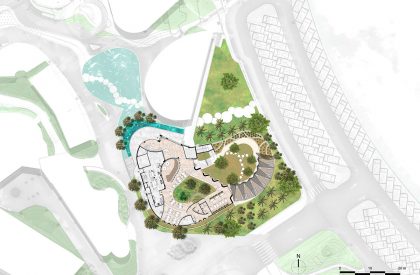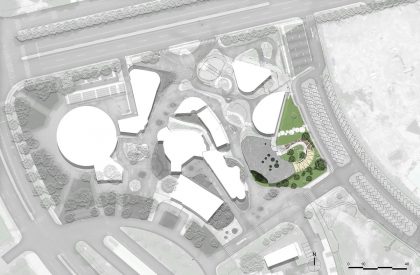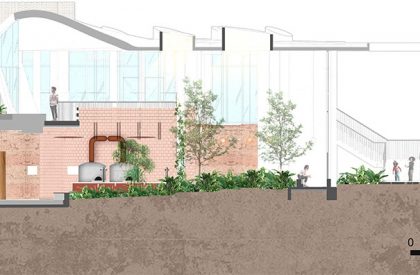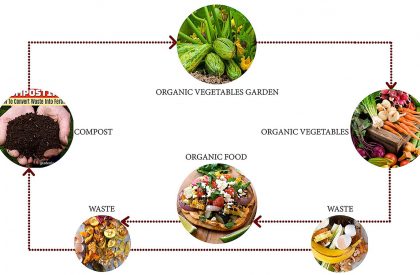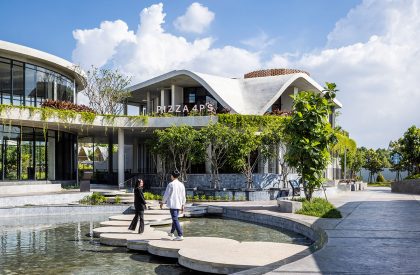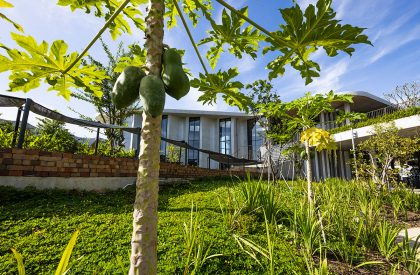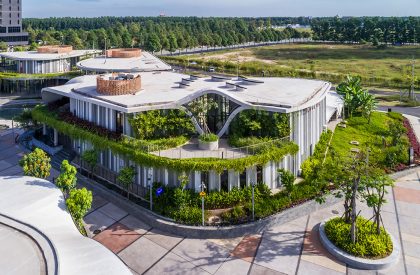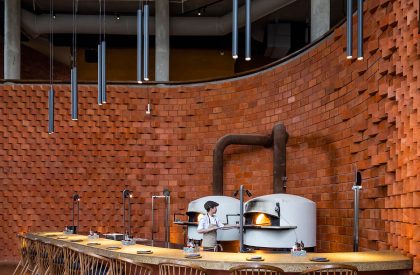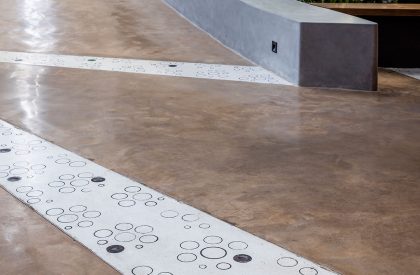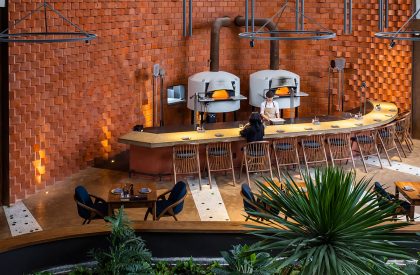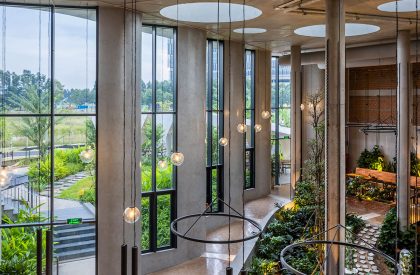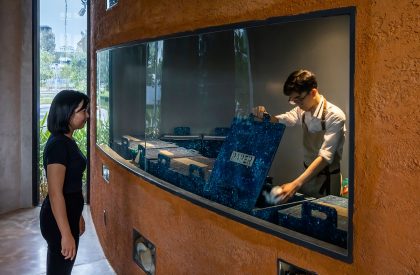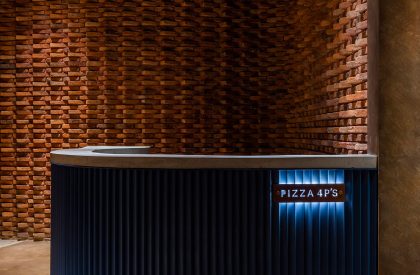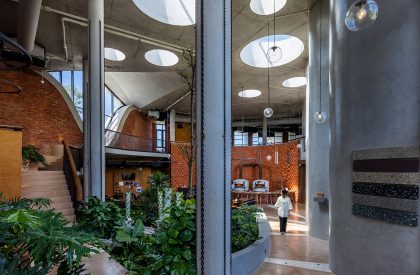Excerpt: Eco-cycle Pavillion designed by Takashi Niwa Architects is a restaurant that presents numerous approaches to concerns with sustainability. The design challenge is to develop and visualise many layers of sustainable cycles, from food production to consumption. The restaurant has a minimal impact on the environment because of its use of recyclable materials and edutainment methods for growing organic and healthy dishes.
Project Description
[Text as submitted by architect] Eco-cycle Pavillion is a restaurant that demonstrates various approaches towards sustainable challenges. This facility is developed and designed together with the “Becamex Tokyu Hikari Complex,” where 15 other F&B brands are located in the center of Binh Duong New City in Vietnam.

The restaurant has been working on sustainable restaurants in Vietnam and Cambodia with the idea of sharing experiences with customers through edutainment, an entertainment space through educational approaches. In order to spread this experience more widely, Takashi Niwa Architects and the client have collaborated alongside Becamex Tokyu to introduce a sustainable lifestyle for the new city.
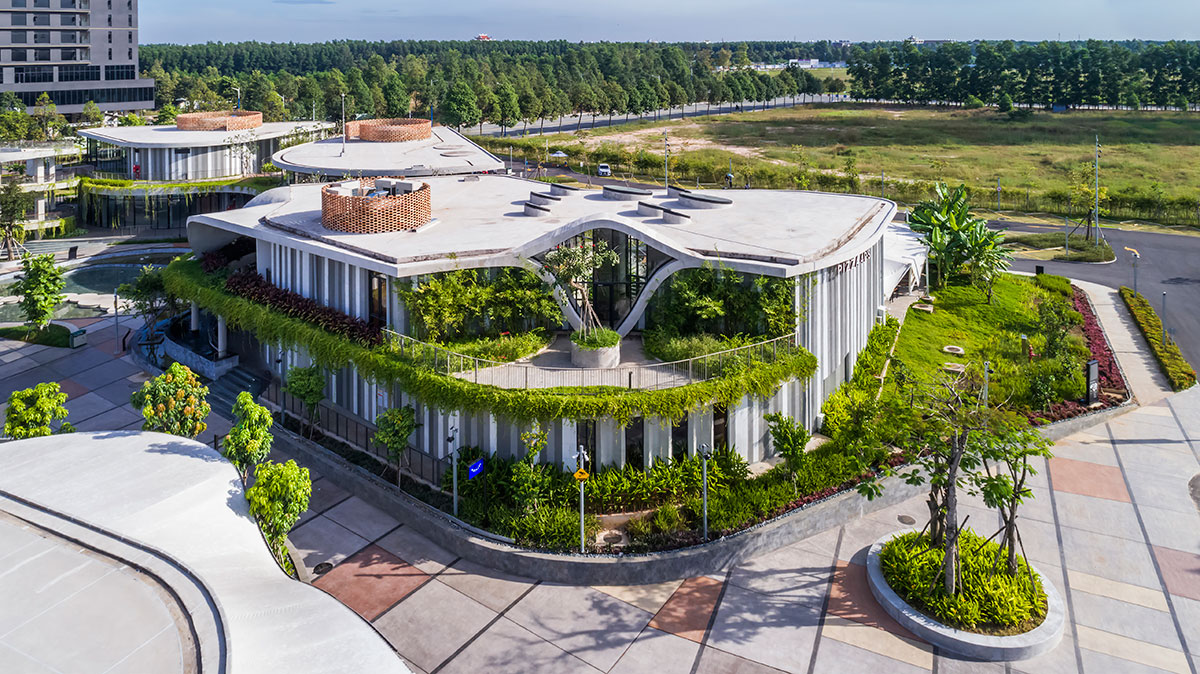

From the facility level to each tenant, the design challenge is to create and visualize multiple levels of sustainable cycles, from food production to consumption. With a sustainable approach of using recycled materials and an edutainment approach of creating organic and healthy foods in the herb garden, the restaurant leaves minimal environmental impacts.
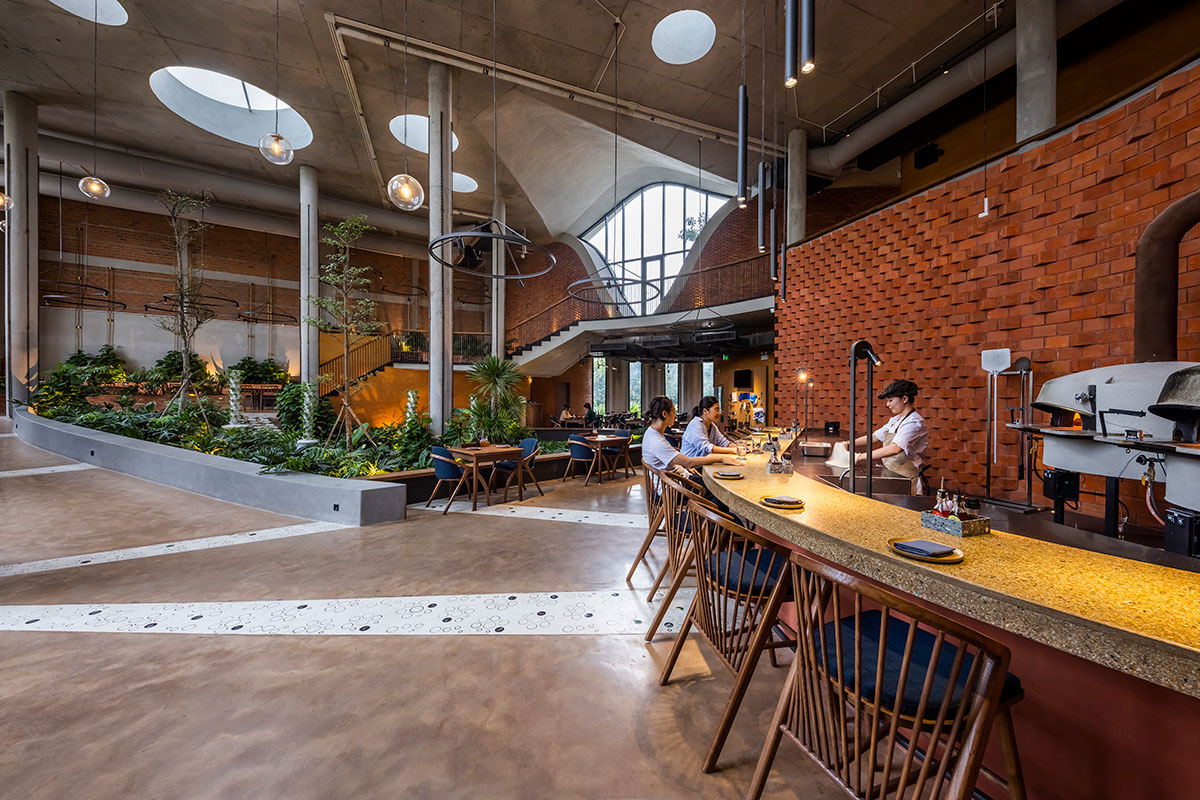
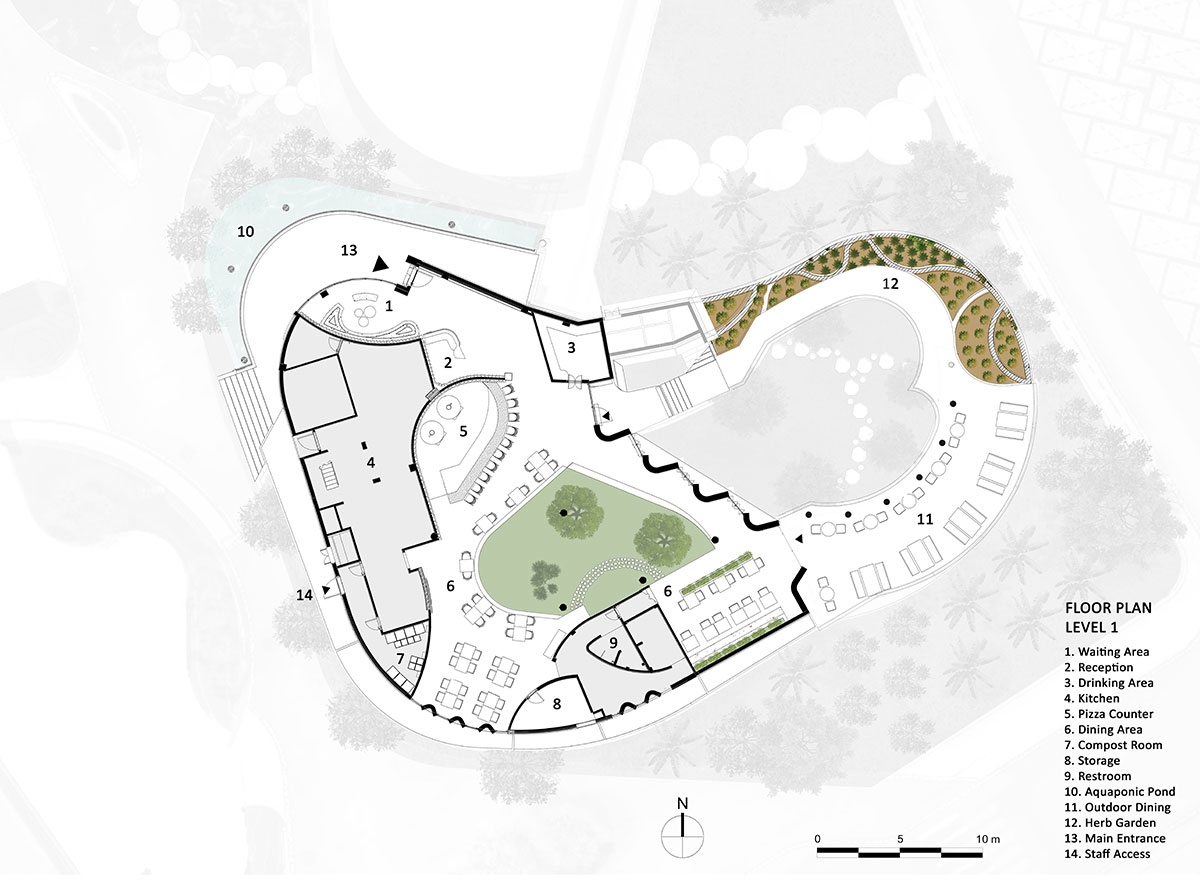
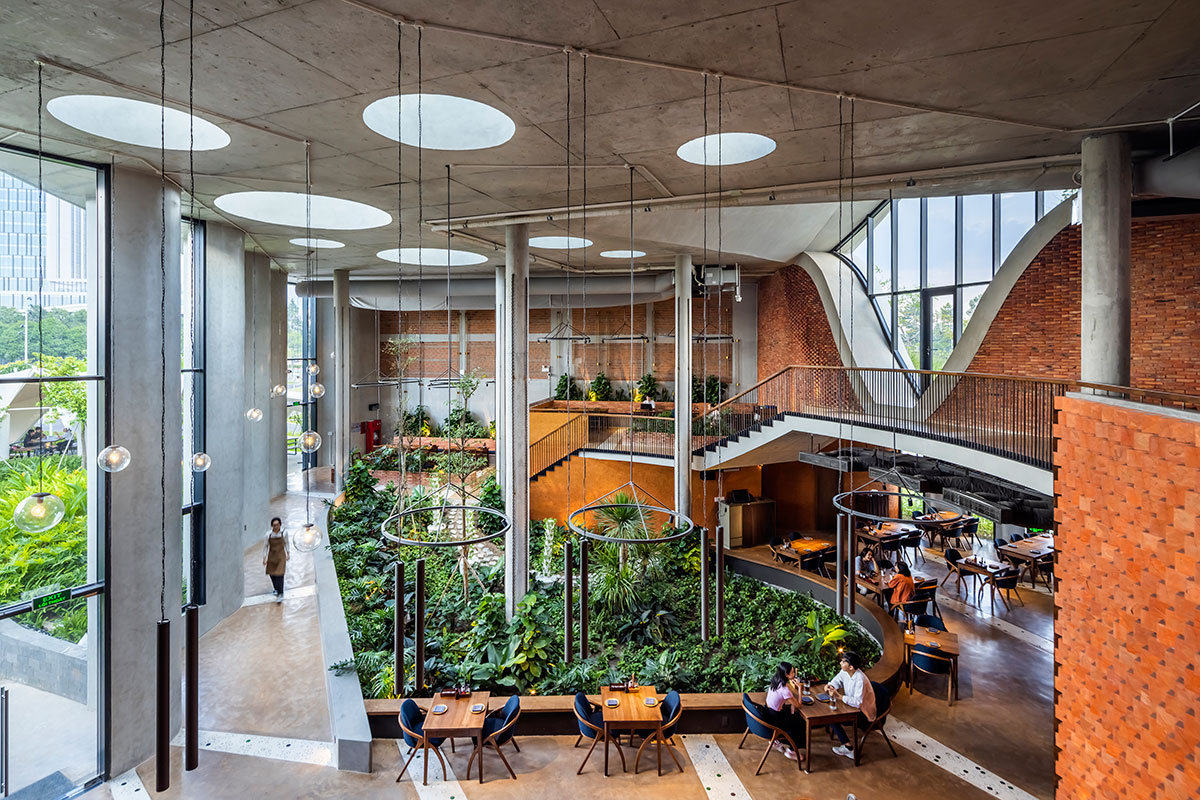
Eco-circulation is visualised in circulation: the pavilion is surrounded by a diverse landscape of fruit trees (banana, star fruit, mango, pomelo, etc.), providing shade, a green view, and edible fruits. Passing the pond with edible fish, guests are welcomed at the restaurant entrance with a large bench made of recycled plastic. At the entrance of the dining space, an interior garden within a void space reveals the charming sunlight changing throughout the time of day. Main circulation is centred around this interior garden, extending towards the dining room and exterior garden.
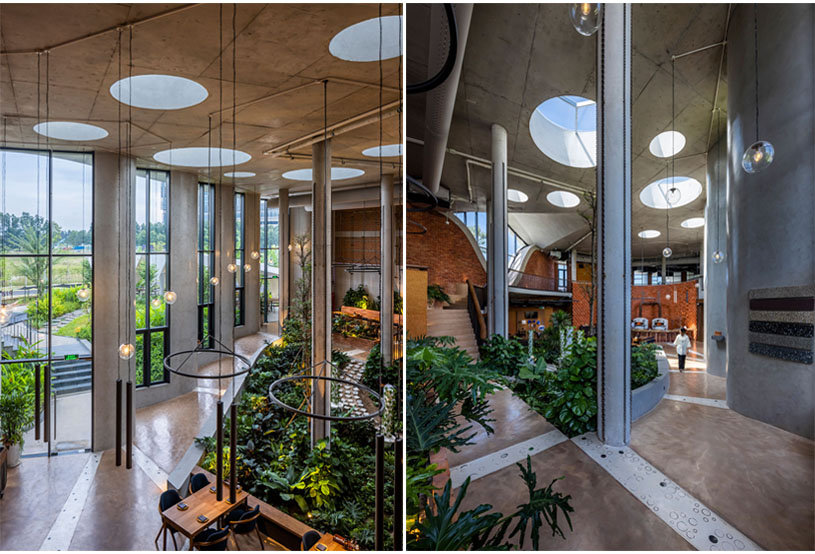
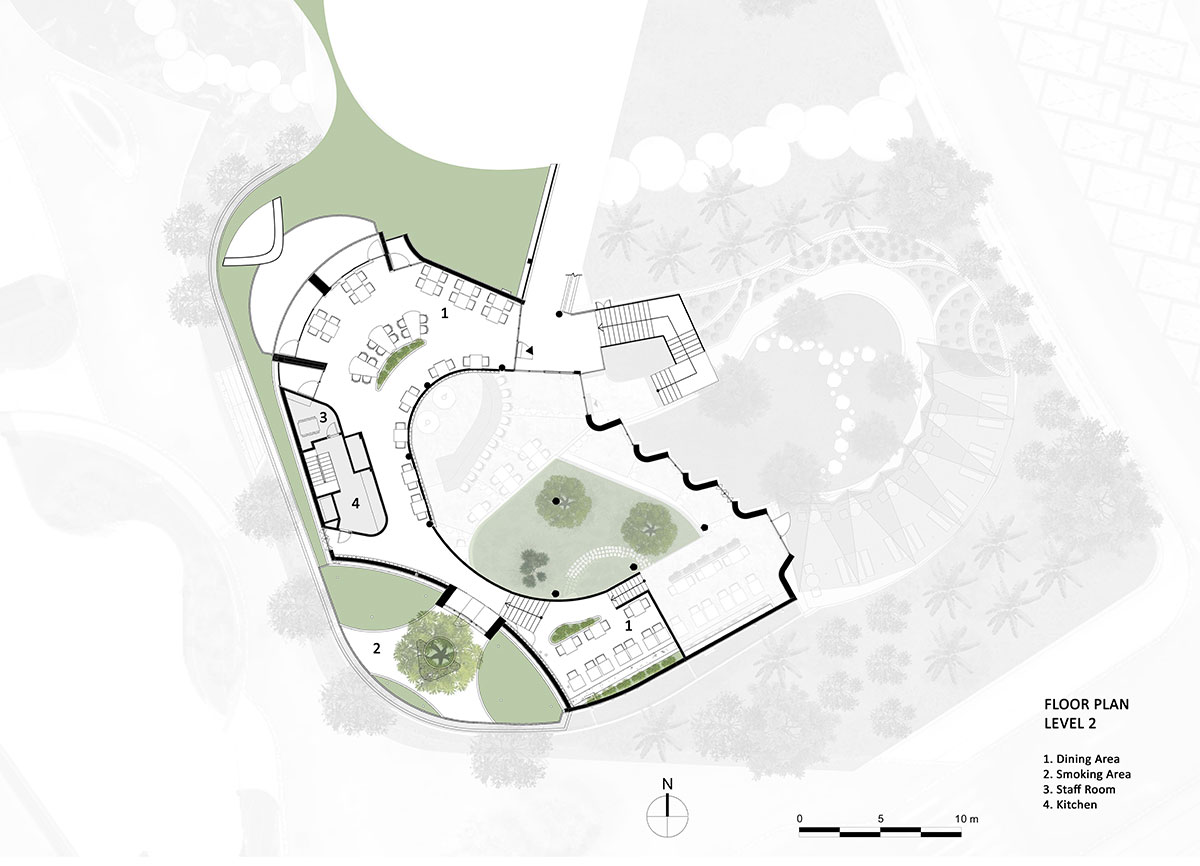
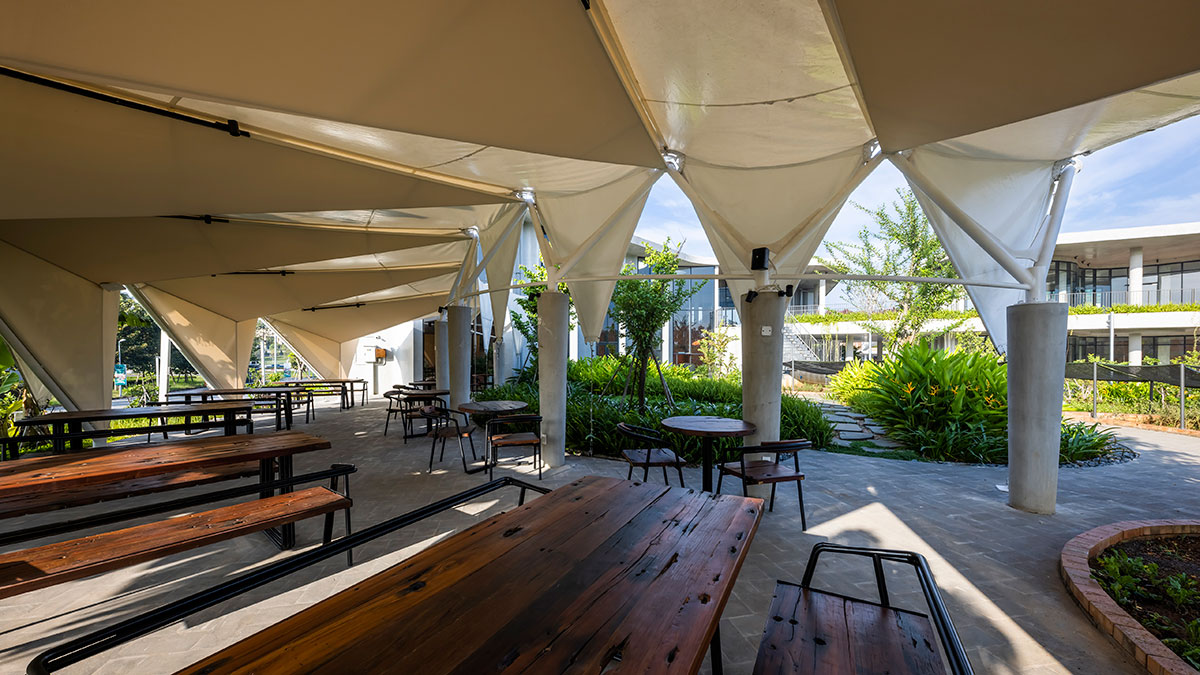
The full-cycle processes of waste sorting, solid composting, and herb gardens are also demonstrated in the restaurant space, highlighting the sustainability initiatives. The edutainment approach invites guests to enjoy and experience these sustainable activities, as well as the greenery garden.
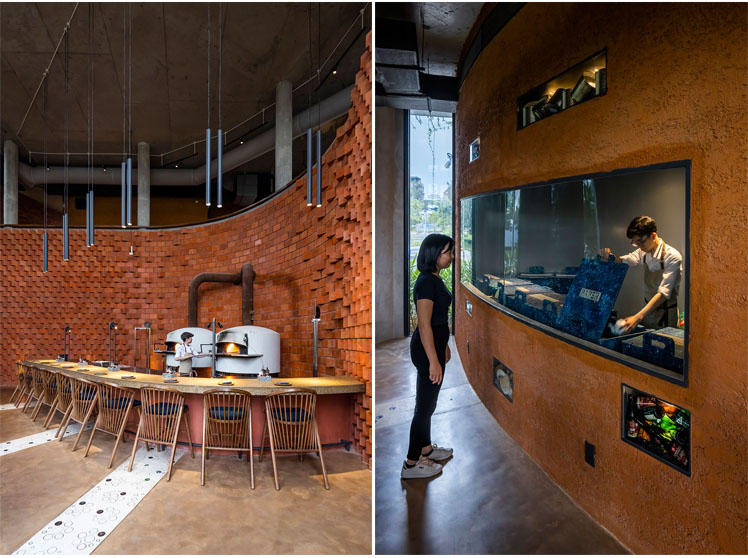

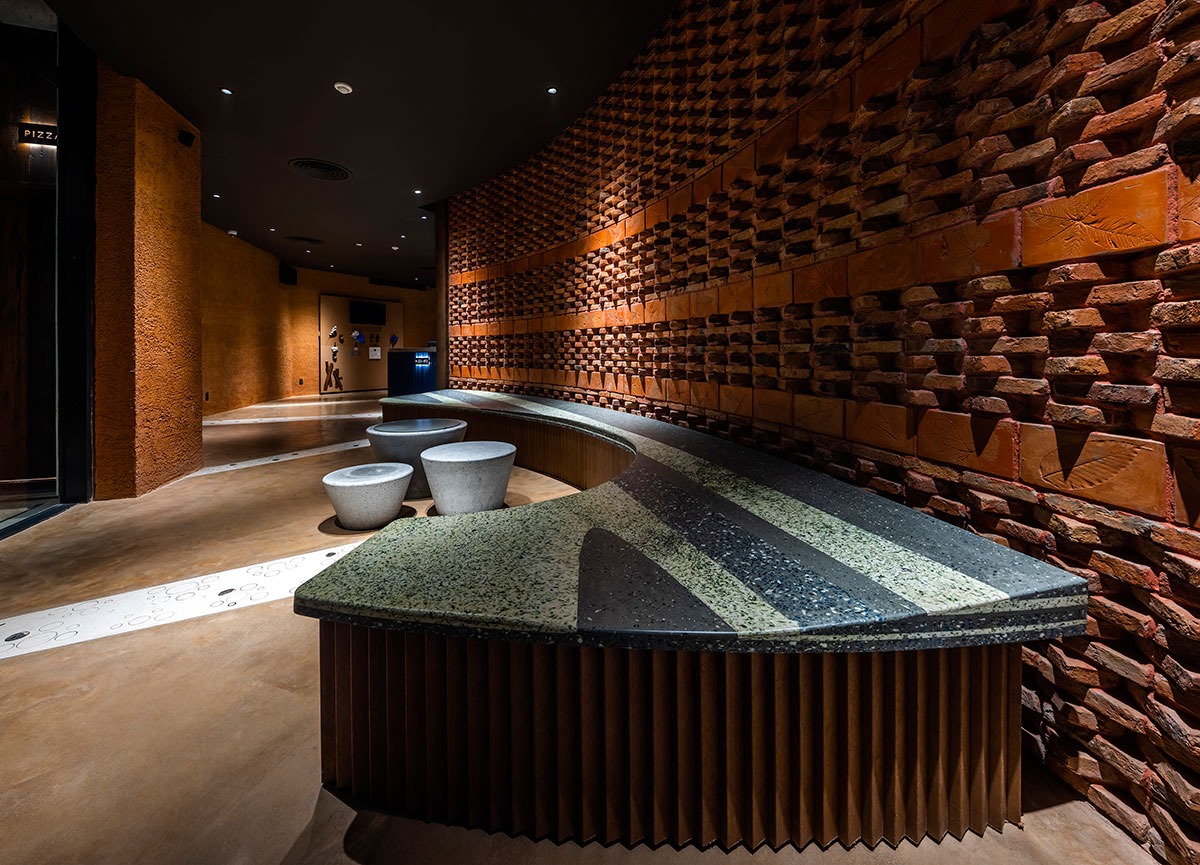
Farm to table, rubbish for space: The restaurant delivers food with the “Farm to Table” concept to achieve an eco-cycle of food production, such as recycling whey from cheese to make drinks. That idea is expanded and visualised in space with the motto “rubbish for space” to utilise the unused resources from their activity as interior material. For example, recycled plastic for benches and cabinets, glass bottles on the floor finishing as a pattern, recycled bricks for walls, recycled steel for handrails, durable recycled wood from timber boats for doors and tables, and recycled concrete block for foundation testing are utilised as the steps in the inside garden.

